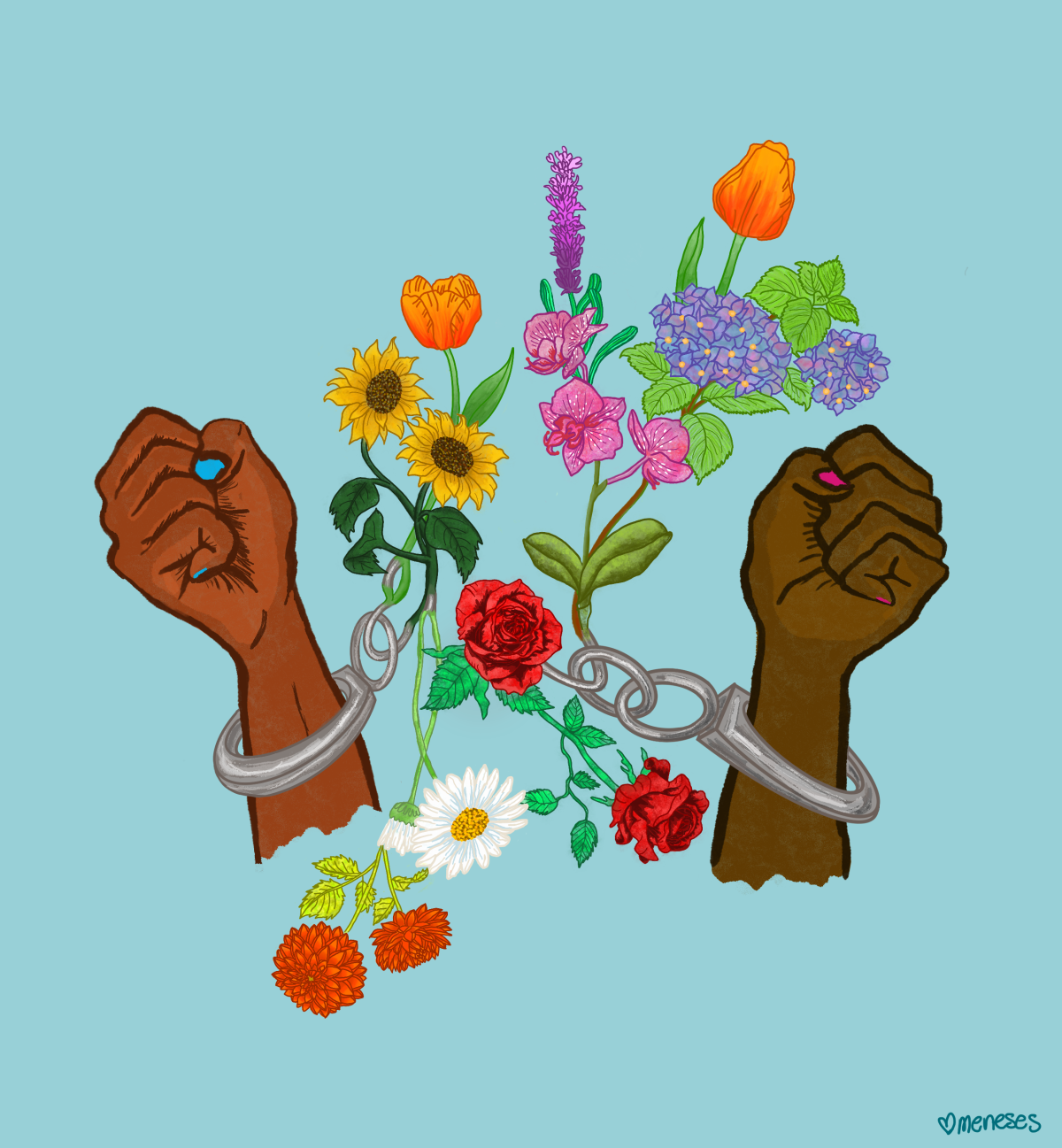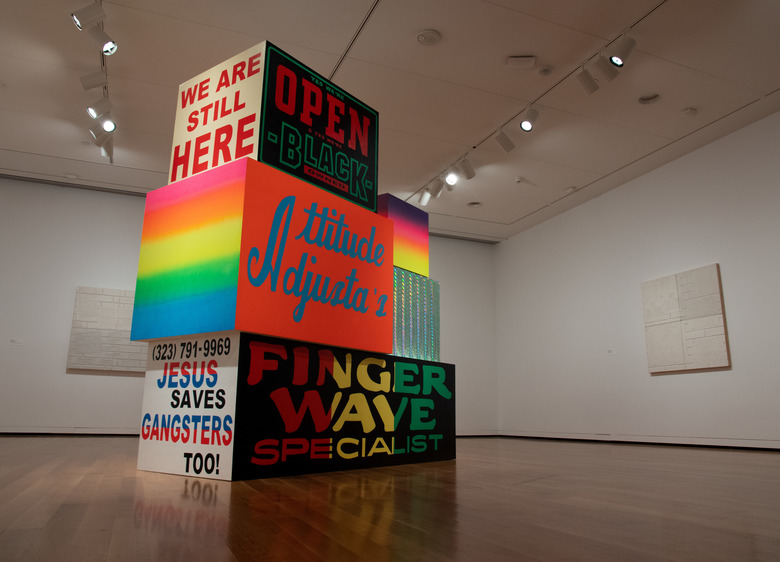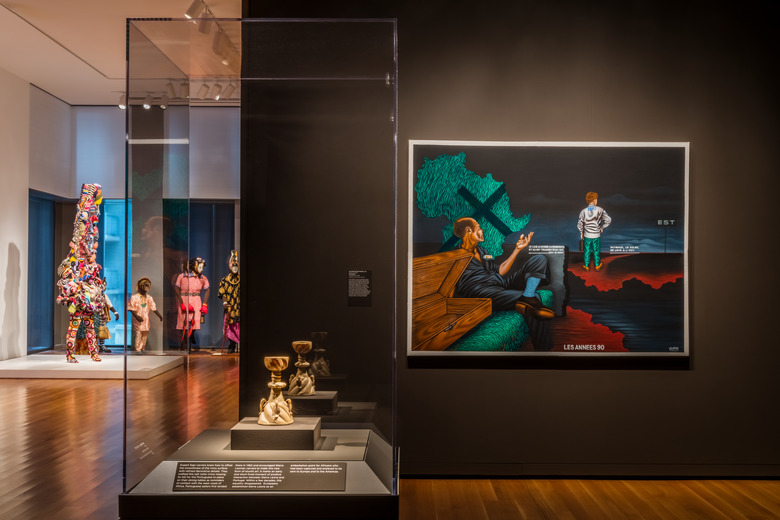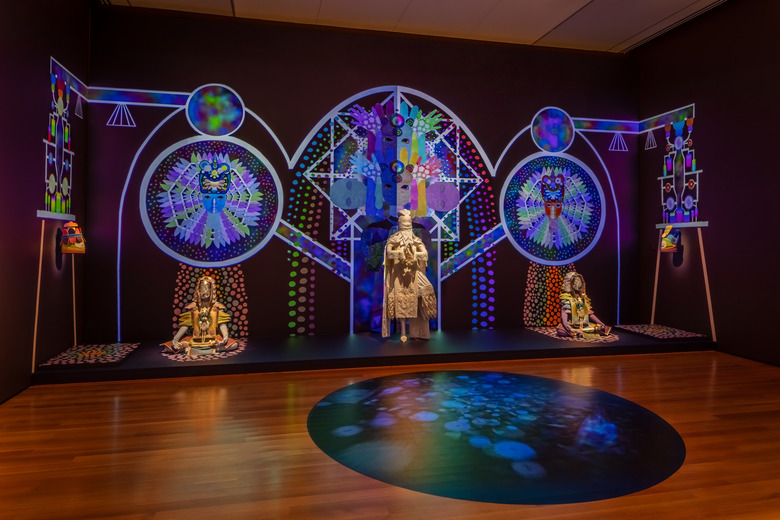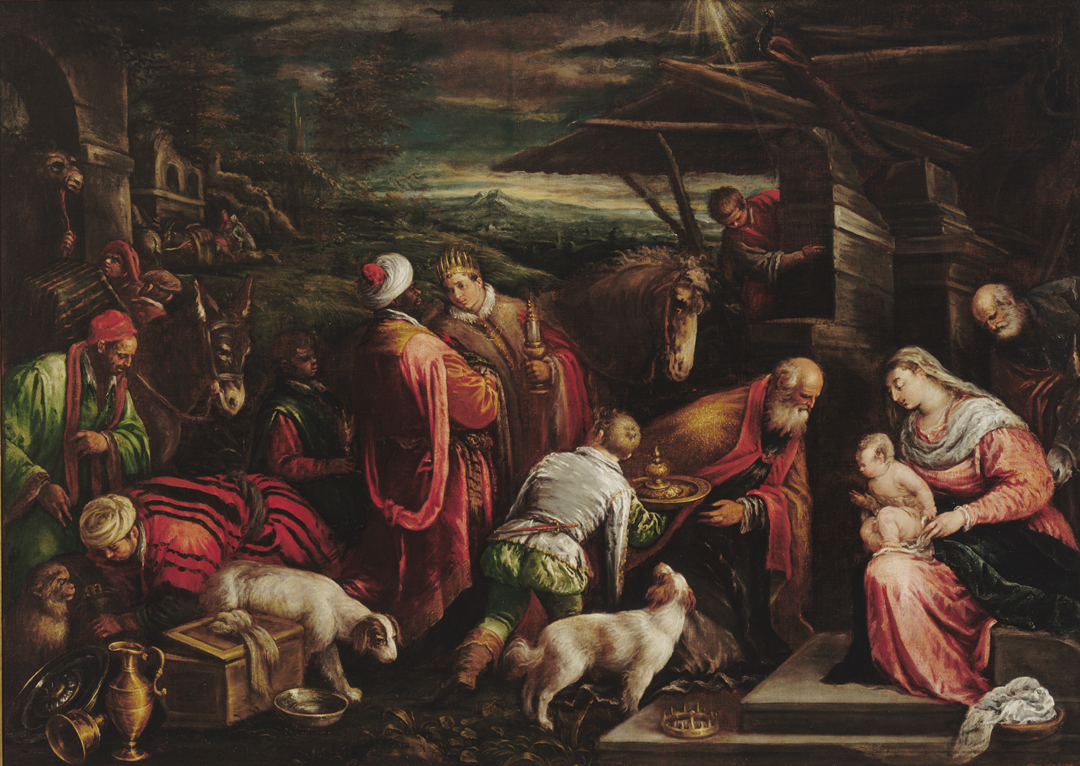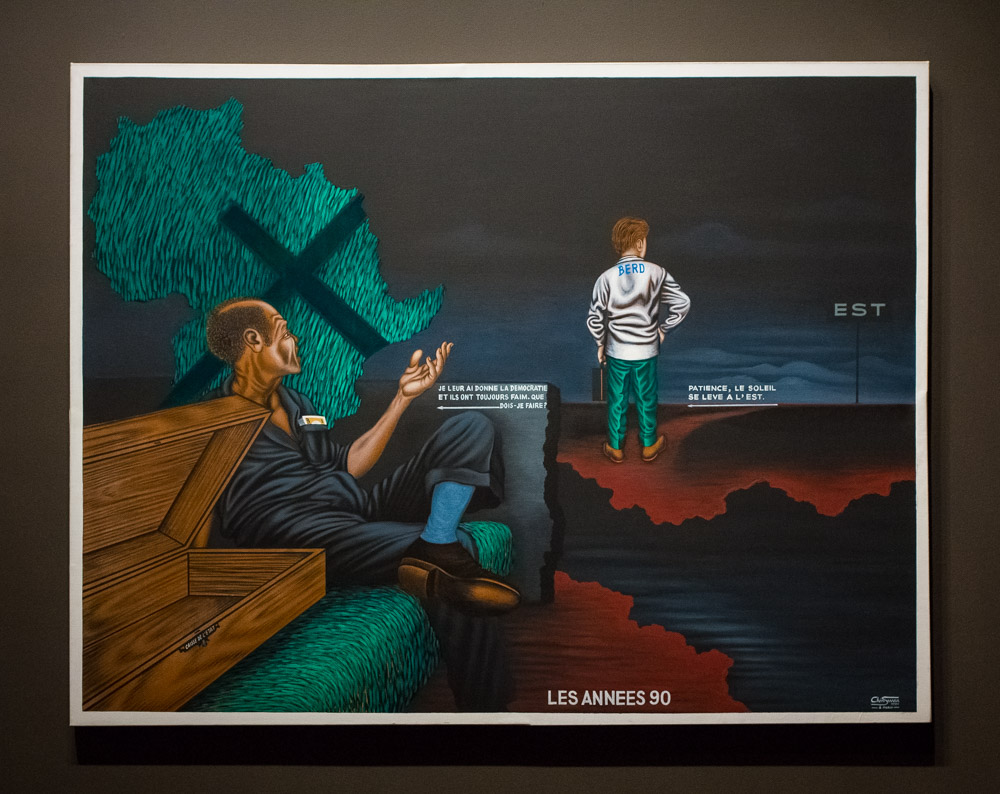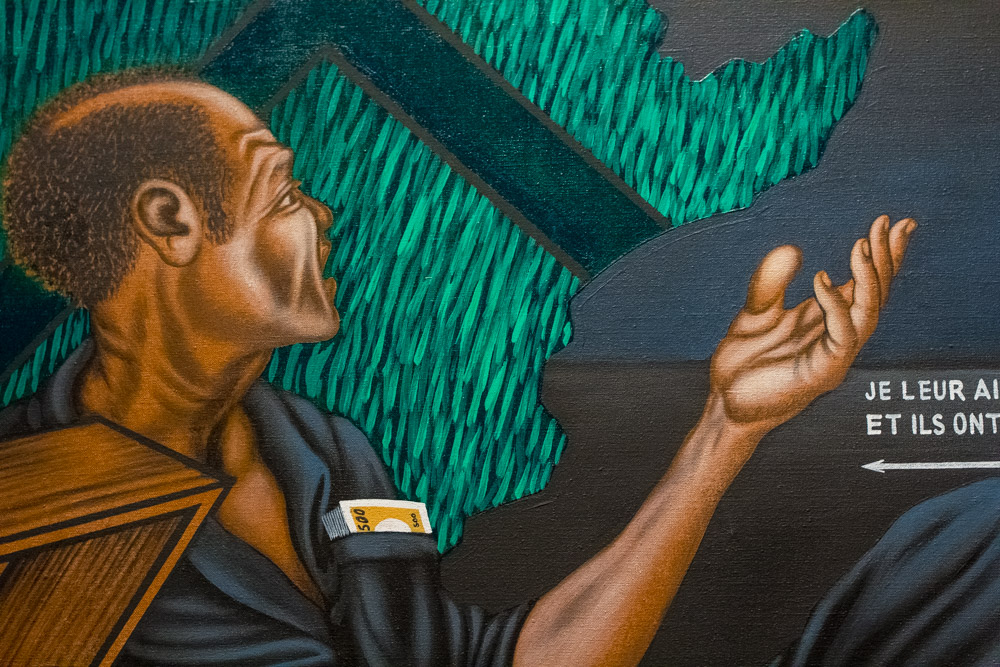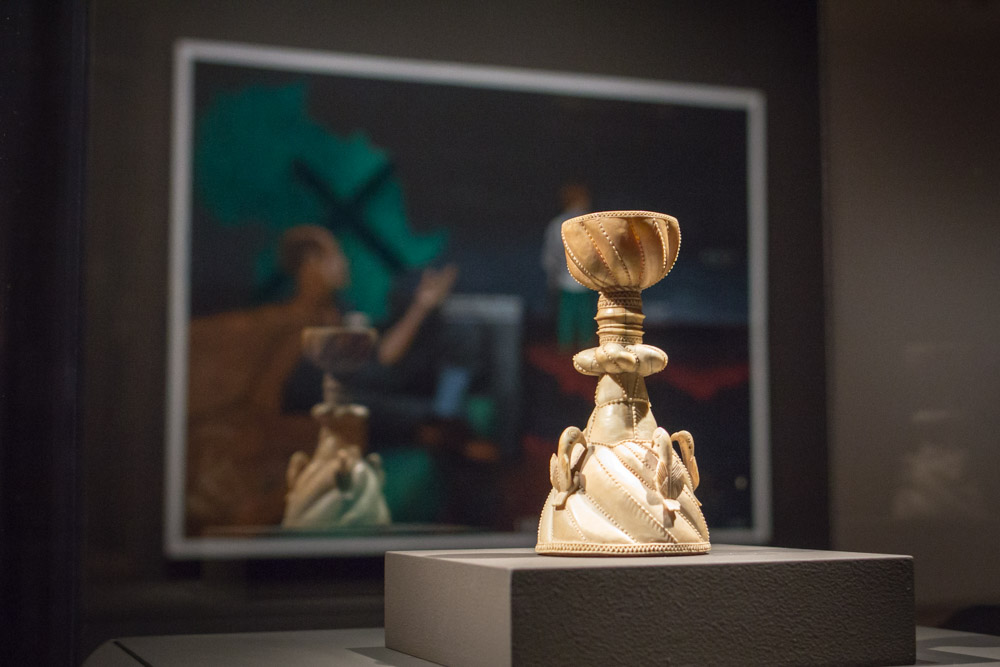Juneteenth: A History Prevailed
Historically, Americans have celebrated July 4—the day in 1776 when the 13 colonies liberated themselves from the rule of Great Britain—as its national independence day. Many people living inside the borders of this country during that time, however, were not free.
Juneteenth—celebrated every year on June 19—is a national holiday celebrating the day Black Americans were granted their freedom and status as human citizens in the United States. A common misconception exists that slaves were freed with the Emancipation Proclamation on January 1, 1863 or at the end of the Civil War on April 9, 1865, but the reality is southern states rejected Union laws and kept their slaves in the dark about their freedom in the hopes that they could still win the war. Some states, such as Delaware and Kentucky, remained in a state of rebellion and continued to allow slavery. As one of the most remote southern states with a low Union presence, Texas served as a refuge for slave owners—a place to hide enslaved Africans from in hopes of keeping what they considered to be their “property.” Texas saw an influx of over three times as many slaves after the proclamation was issued. It wasn’t until Union Major General Gordon Granger arrived on the island of Galveston, Texas on the morning of June 19, 1865 and read the following words that many enslaved Africans found out about their freedom:
“The people of Texas are informed that, in accordance with a proclamation from the Executive of the United States, all slaves are free. This involves an absolute equality of personal rights and rights of property between former masters and slaves, and the connection heretofore existing between them becomes that between employer and hired labor. The freedmen are advised to remain quietly at their present homes and work for wages. They are informed that they will not be allowed to collect at military posts and that they will not be supported in idleness either there or elsewhere.”
From these words, Juneteenth was born.
Still, this day in history did not end the practice of slavery entirely. Thousands of accounts from Black Americans document their continued enslavement beyond Juneteenth—some not freed until as late as the 1960s, forced into labor and isolated from the advocacy being done through the Civil Rights Movement. Despite how complex this history may be, the freemen of Texas migrated throughout the United States, going North in an effort to unite their families ripped apart by the slave trade, carrying with them the importance of June 19, 1865.
From Local Celebration to National Holiday
Juneteenth is the longest running African American holiday. While celebrated by the Black community since the first holiday on June 19, 1866 and through the Reconstruction Era, Jim Crow, and beyond, this holiday was not adopted by White Americans who have historically refused to acknowledge or fund this celebration. Many history textbooks did not educate students on Juneteenth and many Black Americans living in northern states did not grow up celebrating it. Juneteenth’s history prevailed through sheer will and a fight for representation. Black activists have been fighting for Juneteenth to become a paid federal holiday for decades. It was only on July 17, 2021 that US President Joe Biden finally signed the Juneteenth National Independence Day Act, declaring Juneteenth an official federal holiday.
Black Americans have historically used Juneteenth as a day to reflect and mourn for what their ancestors lost as well as to celebrate how far they’ve come and how much they’ve prospered despite the persistence of racism. There is no right way to celebrate Juneteenth, but many black families get together, throw a barbeque, and eat red foods like a red velvet cake and strawberries alongside soul food staples. The red foods are eaten as a representation of the blood and sacrifices inflicted as a result of slavery.
While the declaration of Juneteenth as a federal holiday is a step forward in recognizing the resilience of Black Americans, there is more work to be done. The systemic challenges brought on by slavery continue to persist, including the racial wealth gap, disproportionate rates of incarceration, persistent health disparities, and police brutality. The United States still has a very long way to go in providing true equity to everyone living within its borders.
Commemorating Juneteenth as an Ally
How do you respectfully commemorate Juneteenth? As a white American or non-Black ally, Juneteenth is a day to confront this country’s horrific past and critically analyze the space you occupy. Repercussions of the slave trade still exist to this day, but there steps everyone can take to promote a more equitable society.
Read below for a list of ways to get started:
Reflect on Institutional Racism: How are white people contributing to systemic racism and how do they want this country to evolve? This holiday is a great opportunity to think about racism and privilege. Allies can research the history of slavery and learn more about the origins and persistence of institutional racism.
Learn About Black Culture and History: Study works by Black leaders, artists, poets, and activists. Juneteenth can be used as a time to challenge internalized white supremacy and have uncomfortable conversations with oneself and others.
Support Your Neighbors: Show appreciation for the achievements of your fellow black citizens and support black businesses and organizations working to uplift black communities in America.
Read a Book:
- The New Jim Crow by Michelle Alexander
- The Interesting Narrative of the Life of Olaudah Equiano: Or Gustavus Vassa, The African, Written By Himself by Olaudah Equiano
- The Autobiography of Malcolm X by Alex Haley and Malcolm X
- Black Reconstruction in America 1860-1880 by W.E.B. Du Bois
- Ar’n’t I a Woman?: Female Slaves in the Plantation South by Deborah Gray White
- Invisible Man by Ralph Ellison
- Why are all the Black Kids Sitting Together in the Cafeteria? By Beverly Daniel Tatum
- White Fragility by Robin DiAngelo
- The Fire Next Time by James Baldwin
- Check out this list from the New York Public Library with books for kids to learn about and celebrate Juneteenth
Watch a Video:
- What Is Juneteenth? Dulcé Sloan Explains | The Daily Social Distancing Show
- Genealogist Who Tracks Down Modern-Day Slavery Practices
- Why All Americans Should Honor Juneteenth
- Opal Lee: Grandmother of Juneteenth
Browse the Web:
- The Role of White People in the Fight Against Racism
- ACLU – A note on Juneteenth
- Juneteenth: “The Emancipation Proclamation — Freedom Realized and Delayed”
- Juneteenth – NAACP
- Support Black Businesses in Seattle
Listen to a Podcast:
- ‘On Juneteenth’ Historian Examines the ‘Hope’ and ‘Hostility’ Toward Emancipation
- The History and Meaning of Juneteenth
- Honoring Juneteenth with Ibram X. Kendi
Visit a Relevant Museum Exhibition in Seattle:
- Museum of Museums: Hollaback to the Future: Afrofuturism Dimensions (June 3–August 31)
- MOHAI: The Unspoken Truths (June 8–22)
- MoPOP: Ruth E. Carter: Afrofuturism in Costume Design (opens June 18)
Attend a Juneteenth Event:
- Thursday, June 9, 5 pm: FareStart Juneteenth Guest Chef Night
- Friday, June 17 – Sunday, June 19: Festival Sundiata: Black Arts Fest at Seattle Center featuring food, music by local artists, an African dance troupe, a marketplace with over 60 vendors, and more!
- Saturday, June 18, 1–3 pm at MOHAI: Black Love: A Form of Resistance, storytelling with Mr. Delbert Richardson
- Sunday, June 19, 11 am–3 pm at Rainier Beach Community Center Plaza: Celebrate Juneteenth & Community Health Fair with food trucks, cultural performances, and community resources
- Sunday June 19, 11 am–6 pm at Othello Park: It Takes a Villages – AMSA presents its 6th Annual Juneteenth Celebration
Juneteenth at SAM
Juneteenth is a time for remembrance and healing. Americans can pay respects to the past and the enslaved Africans that built this country. Visit the Seattle Art Museum’s downtown location to see exhibitions and installations which reference this history.
Lauren Halsey (through July 17)
In her installation at SAM, 2021–2022 Betty Bowen Award winner Lauren Halsey shows artworks in which proud declarations of Black-owned businesses intermingle with images of Egyptian pyramids, the Sphinx, and pharaohs and queens, all drawn from a personal archive Halsey has developed through research and community interactions.
Emblems of Encounter: Europe and Africa over 500 Years
Looking back 500 years, one can see the late 15th century as a major turning point in history. When Portuguese navigators first arrived on the shores of West Africa, the two continents of Europe and Africa began interacting in new ways. After a very brief period of mutual respect and commercial exchange, European traders quickly moved to exploit the region’s natural resources—including human labor—which became the basis for the massive slave trade that eventually affected twenty million Africans. The ten works of European and African art in this gallery, dating from the end of the 15th century to the end of the 20th, have been selected from SAM’s collection as examples of these interactions over time.
Lessons from the Institute of Empathy
Three Empathics have moved into Seattle Art Museum and are a central feature to the latest installation imagined in our African art galleries. Now a part of SAM’s permanent collection, the Empathics have surrounded themselves with works from our African art collection as a way to help visitors awaken their own empathy.
A Path Forward
Hopefully, these resources can provide some guidance and insight as you celebrate Juneteenthand learn about the significance of this holiday to Black Americans. Black people have been fighting for centuries against white supremacy and oppression. However, true equity can only come when white people renounce their privilege against Black people and other people of color. All Americans must lend a hand to take action and spread knowledge to end the oppression that continues today.
“For to be free is not merely to cast off one’s chains, but to live in a way that respects and enhances the freedom of others.”
– Nelson Mandela
– Karly Norment Meneses, SAM Marketing Coordinator
Illustration: Karly Norment Meneses.
